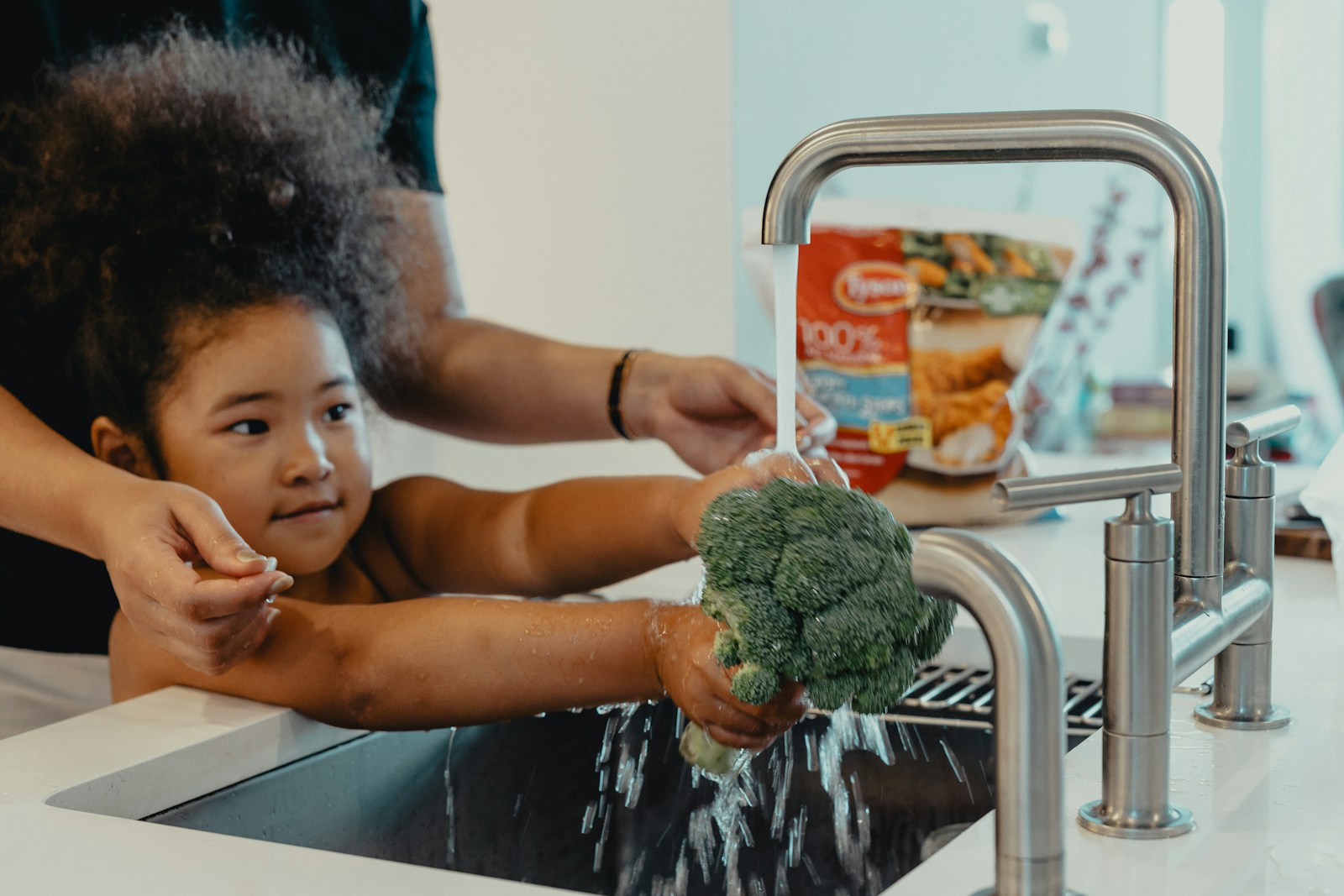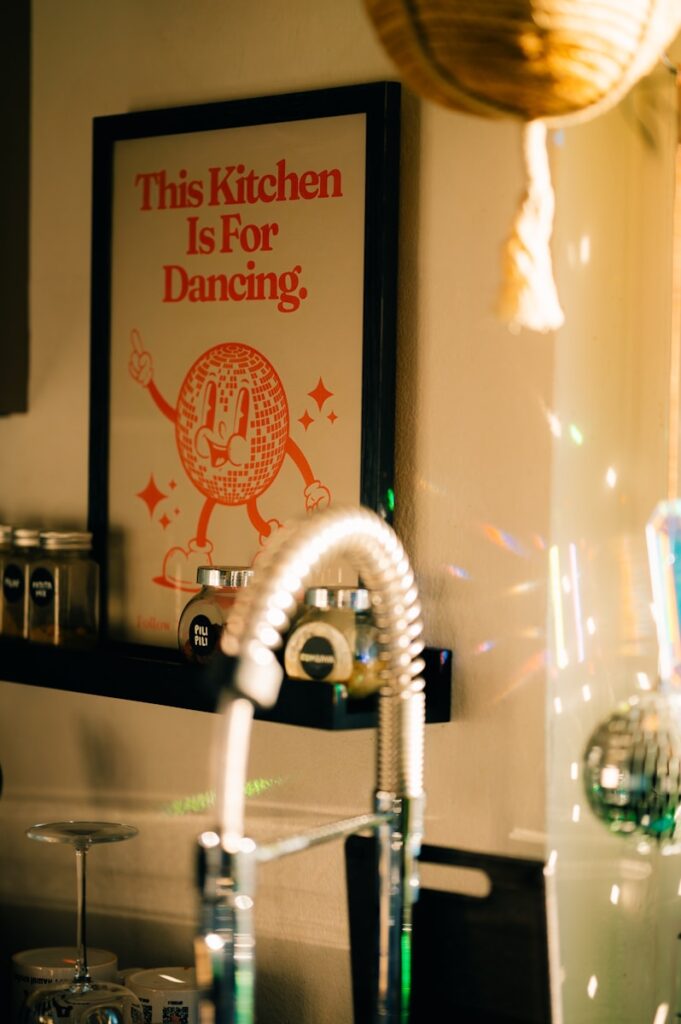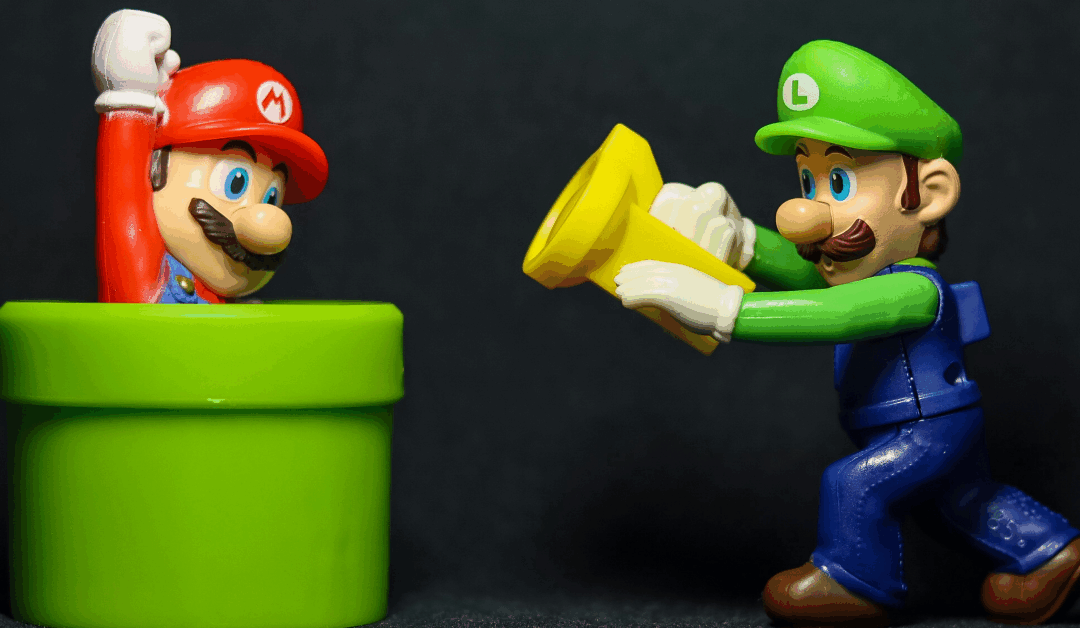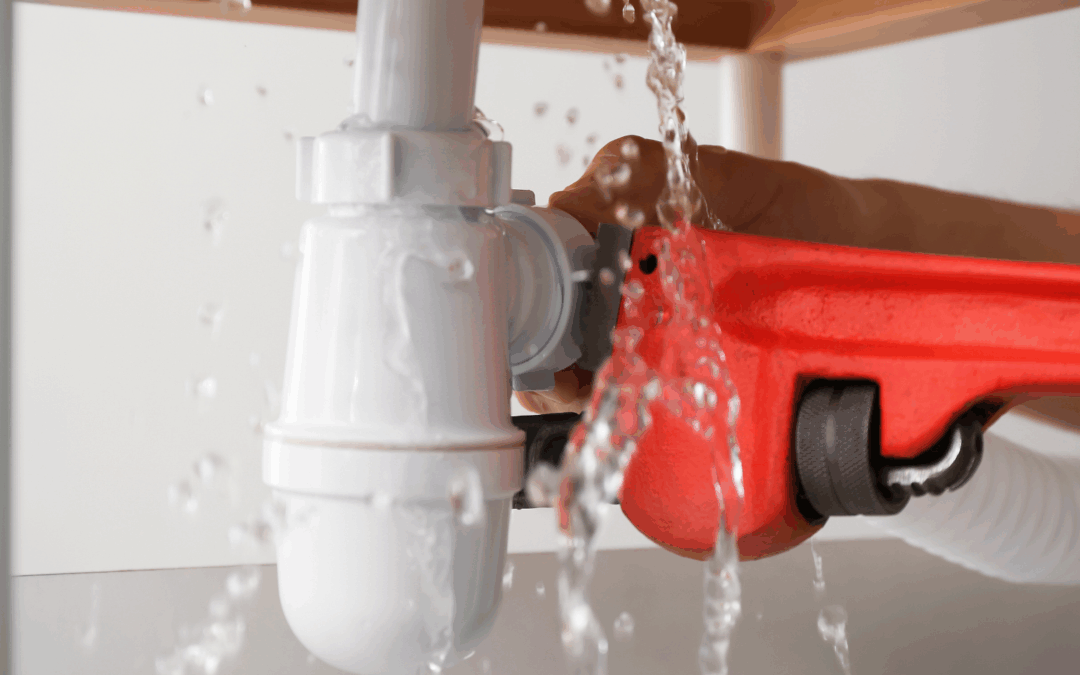Your kitchen is the heart of your home, but when the plumbing fails, that heart can quickly turn into a source of stress and frustration. From a clogged dishwasher drain to a leaky faucet that drips through the night, kitchen plumbing issues can disrupt your daily routine and potentially cause expensive damage. Understanding your kitchen’s plumbing system isn’t just helpful—it’s essential for every homeowner who wants to maintain a functional, efficient kitchen while avoiding costly emergency repairs.
Kitchen plumbing involves more than just your sink and faucet. It’s a complex network of water supply lines, drain pipes, and fixtures that work together to bring clean water in and carry wastewater out. When one component fails, it can affect the entire system. Whether you’re planning a kitchen renovation, dealing with a plumbing emergency, or simply want to better understand what’s behind those cabinet doors, this comprehensive guide will equip you with the knowledge you need.
From the basics of how your plumbing system works to advanced troubleshooting techniques, we’ll cover everything from installation tips to maintenance best practices. You’ll learn how to prevent clogs, identify warning signs before they become major problems, and understand when to tackle a project yourself versus when to call professional plumbing services.
Schedule Service Online
Get a free estimate so you know what you're signing up for
"*" indicates required fields
For Emergency Services Call: 410-255-9300
Understanding Your Kitchen Plumbing System
Your kitchen plumbing system consists of three main components: water supply lines, drain pipes, and fixtures. Each plays a crucial role in delivering clean water and removing wastewater efficiently.
The water supply lines bring fresh water from your main water line to your kitchen sink, dishwasher, and any other water-using appliances. These pipes are typically made of copper, PEX, or CPVC materials and operate under pressure to ensure adequate flow to all fixtures. Hot water lines connect to your water heater, while cold water lines draw directly from your main supply.
Drain pipes carry wastewater away from your kitchen fixtures through a carefully designed system that relies on gravity and proper drainage slopes. The main kitchen sink drain connects to your home’s waste and vent system, which prevents sewer gases from entering your living space while maintaining proper water flow.
Water Supply Lines and Components
Your kitchen’s water supply system includes shut-off valves, supply lines, and connection points. Shut-off valves allow you to stop water flow to individual fixtures during repairs or emergencies. These valves should be easily accessible, typically located under the sink or near appliances.
Supply lines come in various materials, each with specific advantages. Copper pipes offer durability and longevity but require professional installation and can be expensive. PEX tubing provides flexibility and easier installation while maintaining excellent performance. CPVC pipes offer a budget-friendly option that resists corrosion better than some alternatives.
Water pressure regulators ensure consistent flow throughout your kitchen plumbing system. Proper water pressure prevents damage to fixtures and appliances while ensuring efficient operation of dishwashers and other water-dependent equipment.
Drainage and Waste Systems
Proper drainage prevents water damage and maintains hygiene in your kitchen. The drain system includes the sink drain, trap, and connection to your home’s main waste line. Understanding these components helps you identify potential problems before they become serious issues.
The P-trap under your kitchen sink serves multiple essential functions. It holds water to prevent sewer gases from entering your home while providing access for cleaning drain pipes when clogs occur. This curved section of pipe should always contain water to maintain its protective seal.
Vent pipes work alongside drain pipes to ensure proper drainage flow. These vertical pipes allow air to enter the drain system, preventing vacuum effects that could slow drainage or cause gurgling sounds. Proper venting is essential for efficient waste removal and system longevity.
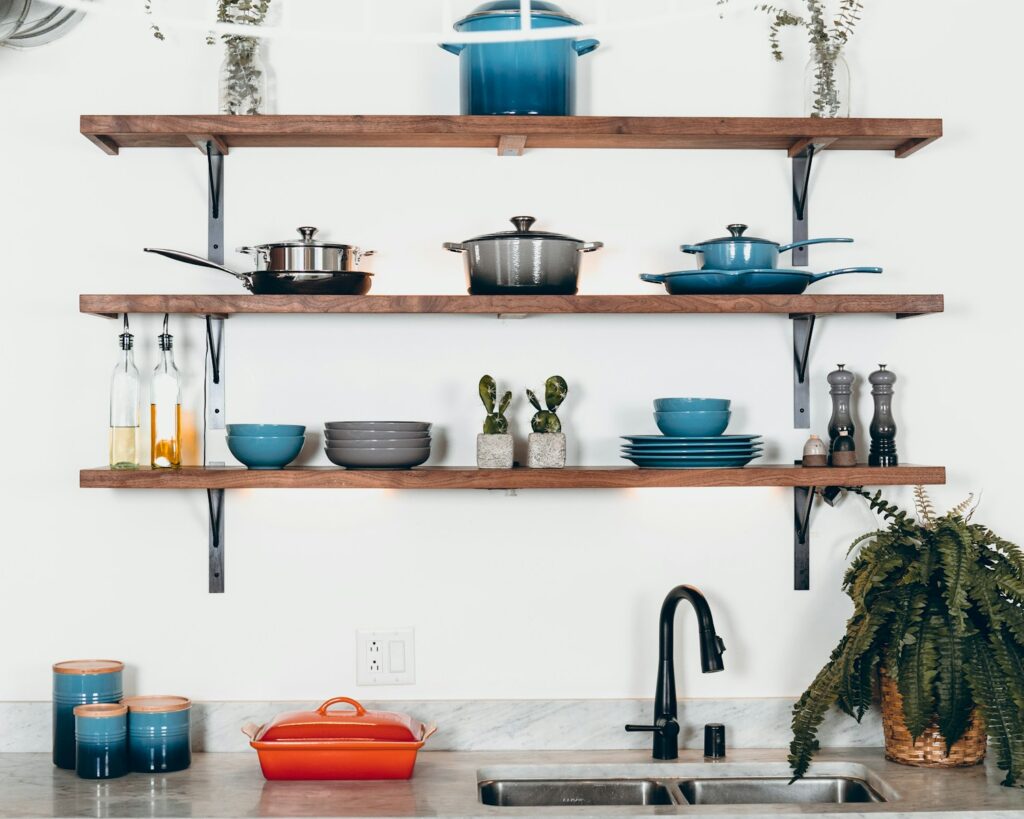
Photo by Dane Deaner on Unsplash
Essential Kitchen Plumbing Fixtures and Appliances
Modern kitchens feature numerous plumbing-connected fixtures and appliances, each with specific installation and maintenance requirements. Understanding these components helps you make informed decisions about repairs, upgrades, and new installations.
Kitchen sinks come in various styles, materials, and configurations. Single-bowl sinks offer maximum workspace, while double-bowl designs provide separate areas for washing and rinsing. Triple-bowl sinks add a disposal area or additional workspace. Material choices include stainless steel, porcelain, composite, and natural stone, each offering different benefits for durability, maintenance, and style.
Faucets have evolved far beyond basic functionality. Modern kitchen faucets include pull-out sprayers, touchless activation, multiple spray patterns, and temperature memory features. When selecting a new faucet, consider your sink configuration, counter space, and daily usage patterns to find the best match for your needs.
Dishwasher Drain Integration
Dishwasher installation requires careful attention to water supply connections, drain connections, and electrical requirements. The dishwasher drain typically connects to your garbage disposal or directly to the sink drain, depending on your kitchen configuration.
Proper dishwasher installation includes a high-loop drain connection or air gap to prevent backflow of dirty water into the appliance. This safety feature protects your dishes and prevents contamination while ensuring efficient drainage during wash cycles.
Water supply connections for dishwashers usually tap into the hot water line serving your kitchen sink. A dedicated shut-off valve allows you to service the dishwasher without affecting other kitchen fixtures. Professional installation ensures compliance with local plumbing codes and optimal performance.
Garbage Disposal Considerations
Garbage disposals add convenience to kitchen cleanup but require proper installation and maintenance. These appliances connect to your sink drain and electrical system, grinding food waste into particles small enough to flow through your drain pipes safely.
Selecting the right garbage disposal depends on your household size, cooking habits, and local regulations. More powerful units handle larger volumes and tougher food scraps, while compact models work well for smaller households with limited cabinet space.
Installation involves electrical connections, plumbing connections, and proper mounting to your sink. The disposal must connect securely to prevent leaks while allowing easy access for maintenance. Professional installation ensures safety and optimal performance while maintaining warranty coverage.
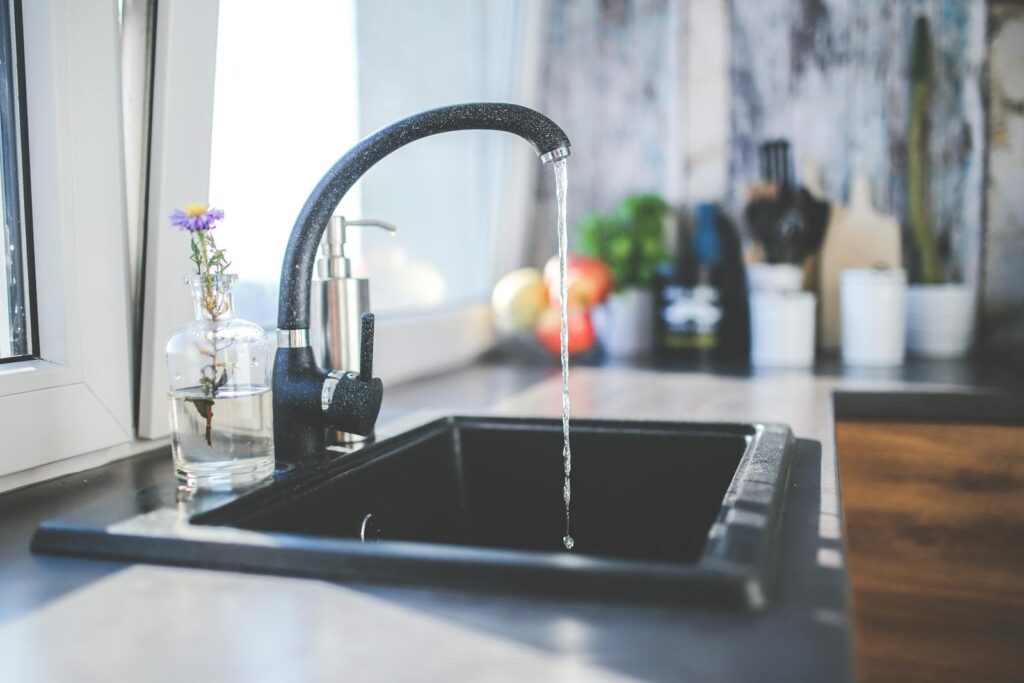
Photo by Karolina Grabowska on Pexels
Common Kitchen Sink Plumbing Problems and Solutions
Kitchen plumbing problems can range from minor annoyances to major emergencies. Recognizing early warning signs helps you address issues before they cause extensive damage or require expensive emergency services.
Slow-draining sinks often indicate developing clogs in your drain pipes. Food particles, grease, and soap residue can accumulate over time, gradually reducing water flow. Address slow drainage promptly to prevent complete blockages that may require professional drain cleaning services.
Leaky faucets waste water and can indicate worn internal components that may fail completely without warning. A dripping faucet can waste hundreds of gallons annually while driving up your water bill. Most faucet leaks result from worn O-rings, washers, or valve seats that are relatively easy to replace.
Preventing Clogs and Blockages
Prevention is the most effective approach to maintaining clear drain pipes in your kitchen. Avoid putting grease, coffee grounds, and fibrous vegetables down your drain, even if you have a garbage disposal. These materials can accumulate and create stubborn blockages.
Use drain screens to catch food particles before they enter your drain pipes. These inexpensive devices prevent most food waste from reaching your plumbing system while allowing water to flow freely. Clean screens regularly to maintain their effectiveness.
Regular maintenance helps prevent clogs from developing. Pour hot water down your drains weekly to help dissolve accumulating grease and soap residue. Monthly treatments with enzyme-based drain cleaners can break down organic buildup without damaging your pipes.
Identifying Leak Sources
Kitchen plumbing leaks can occur at multiple points throughout your system. Check supply line connections, faucet mounting points, and drain connections regularly for signs of moisture or water damage. Early detection prevents extensive damage to cabinets, floors, and surrounding structures.
Look for water stains, warped wood, or musty odors that may indicate hidden leaks behind cabinets or under flooring. These signs often appear before visible water accumulation, giving you time to address problems before major damage occurs.
Test your water pressure regularly to identify potential supply line problems. Sudden pressure changes may indicate leaks, blockages, or supply line failures that require immediate attention from professional plumbing services.
Installation Tips and Best Practices
Proper installation techniques ensure reliable performance and longevity from your kitchen plumbing fixtures. Whether you’re installing a new sink, replacing a faucet, or connecting a dishwasher, following established best practices prevents problems and ensures compliance with local codes.
Always shut off the water supply before beginning any plumbing installation project. Locate your main water shut-off valve and individual fixture valves to ensure complete water flow stoppage. Test fixtures after shutting off valves to confirm no residual water remains in the lines.
Use quality materials and fittings designed for your specific application. Mixing different pipe materials requires compatible fittings to prevent galvanic corrosion and ensure secure connections. Choose fittings rated for your water pressure and temperature requirements.
Tools and Materials
Essential tools for kitchen plumbing projects include adjustable wrenches, pipe cutters, Teflon tape, and appropriate safety equipment. Invest in quality tools that provide reliable performance and accurate results. Poor-quality tools can damage fixtures and create additional problems.
Keep common replacement parts on hand, including O-rings, washers, and supply line connectors. Having these items available allows you to address minor problems quickly without waiting for parts delivery or emergency service calls.
Safety equipment protects you during installation projects. Safety glasses prevent eye injuries from debris or water spray. Work gloves protect your hands from sharp edges and provide better grip on slippery fixtures.
Professional vs. DIY Installation
Some kitchen plumbing projects are well-suited for DIY installation, while others require professional expertise. Simple tasks like replacing faucet aerators, cleaning drain traps, or installing new supply lines under sinks can often be completed safely by homeowners with basic skills.
Complex installations involving gas lines, major pipe rerouting, or electrical connections should be handled by licensed professionals. These projects require specialized knowledge, proper permits, and compliance with local building codes to ensure safety and legal compliance.
Consider your skill level, available time, and potential consequences when deciding between DIY and professional installation. Professional services may cost more initially but can prevent expensive mistakes and ensure warranty coverage on new fixtures and appliances.
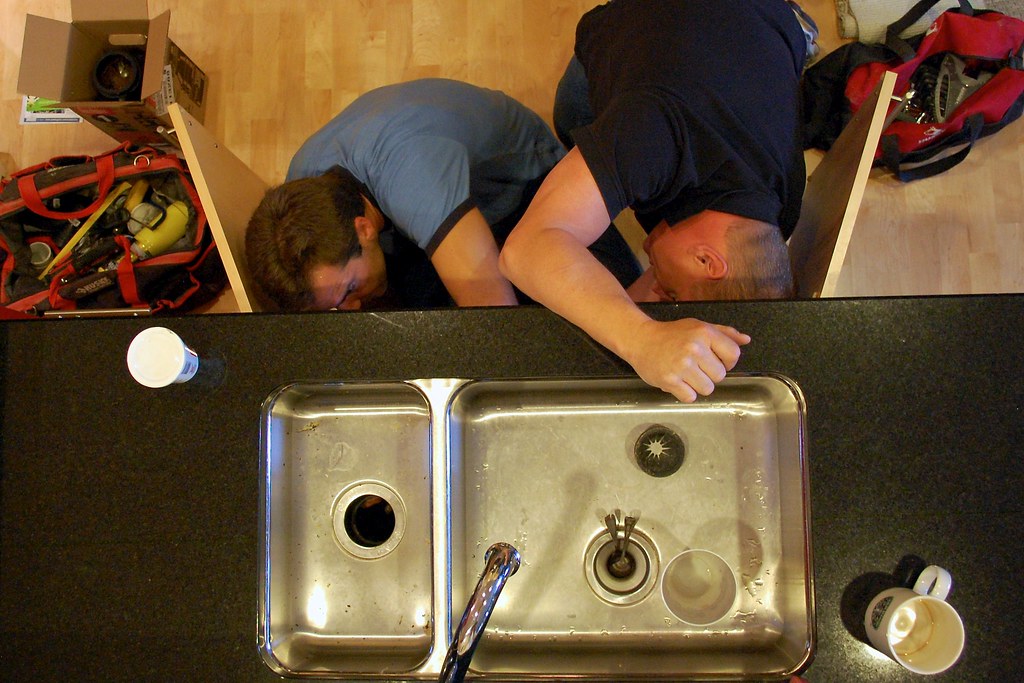
“266/365: No Cracks!” by bradleypjohnson is licensed under CC BY 2.0
Maintenance and Care
Regular maintenance keeps your kitchen plumbing system operating efficiently while preventing costly repairs and replacements. Developing a maintenance routine helps you identify potential problems early and maintain optimal performance from all fixtures and appliances.
Clean aerators and showerheads monthly to prevent mineral buildup that reduces water flow and affects spray patterns. Soak removable aerators in vinegar overnight to dissolve deposits, then rinse thoroughly before reinstalling. This simple maintenance task can dramatically improve water flow and reduce energy consumption.
Inspect visible plumbing components monthly for signs of wear, corrosion, or leaks. Look for water stains, rust, or mineral deposits that may indicate developing problems. Document any changes you notice to help professional technicians diagnose problems if professional service becomes necessary.
Seasonal Maintenance Tasks
Different seasons bring specific maintenance requirements for your kitchen plumbing system. Winter preparations include insulating exposed pipes, checking for drafts near plumbing fixtures, and ensuring adequate heating in areas containing water lines.
Spring maintenance includes checking for freeze damage, testing outdoor connections if applicable, and verifying that winter weather didn’t affect your plumbing system. This is an excellent time to schedule professional inspections and address any problems discovered during winter months.
Summer and fall maintenance focus on preparing your system for temperature extremes while addressing any problems that developed during the previous season. These seasons offer ideal conditions for major maintenance projects and system upgrades.
Water Quality Considerations
Water quality affects your kitchen plumbing system’s performance and longevity. Hard water causes mineral buildup that can clog aerators, damage appliances, and reduce fixture life. Consider water testing to determine if treatment systems would benefit your plumbing and appliances.
Install water filters appropriate for your water quality and usage patterns. Point-of-use filters improve taste and reduce contaminants, while whole-house systems protect your entire plumbing system from harmful minerals and chemicals.
Replace filter cartridges according to manufacturer recommendations to maintain effectiveness and prevent bacterial growth. Old filters can become sources of contamination rather than protection for your water supply.
Modern Kitchen Plumbing Design Trends
Contemporary kitchen design trends are transforming how we think about kitchen plumbing functionality and aesthetics. Smart technology integration allows remote monitoring and control of water usage, leak detection, and fixture operation through smartphone apps and home automation systems.
Sustainability considerations are driving demand for water-efficient fixtures and appliances that reduce consumption without sacrificing performance. Low-flow faucets, efficient dishwashers, and smart leak detection systems help homeowners reduce their environmental impact while saving money on utility bills.
Style trends emphasize clean lines, hidden fixtures, and seamless integration with kitchen design. Undermount sinks, hidden appliances, and coordinated fixture finishes create cohesive designs that prioritize both function and aesthetics.
Smart Technology Integration
Smart faucets offer touchless operation, temperature presets, and water usage monitoring capabilities. These advanced fixtures reduce cross-contamination while providing convenience and efficiency benefits. Voice activation and smartphone control add additional convenience for busy households.
Leak detection systems provide early warning of plumbing problems through sensors that monitor moisture levels and water usage patterns. These systems can automatically shut off the water supply when leaks are detected, preventing extensive damage and costly repairs.
Smart water heaters optimize energy usage based on household patterns while providing remote monitoring and control capabilities. These systems learn your usage patterns and adjust heating schedules to maximize efficiency while ensuring adequate hot water availability.
Eco-Friendly Options
Water-efficient fixtures reduce consumption without compromising performance. EPA WaterSense certified products meet strict efficiency and performance standards while providing significant water savings over traditional fixtures.
Greywater systems recycle water from sinks and dishwashers for landscape irrigation, reducing overall household water consumption. These systems require careful planning and professional installation but offer substantial environmental and cost benefits.
Energy-efficient appliances reduce electricity and gas consumption while providing superior performance. ENERGY STAR-certified dishwashers and water heaters offer significant utility bill savings over their operational life while reducing environmental impact.
When to Call Professional Services
Recognizing when to call professional plumbing services can save you money, prevent damage, and ensure safety for your family. Some problems require immediate professional attention, while others can wait for scheduled service appointments.
Emergency situations include burst pipes, gas leaks, sewage backups, and major water leaks that could cause structural damage. These problems require immediate professional response to prevent extensive damage and ensure safety.
Non-emergency situations that warrant professional attention include persistent drain clogs, low water pressure throughout the house, and complex installation projects. These problems may not require an immediate response but should be addressed promptly to prevent escalation.
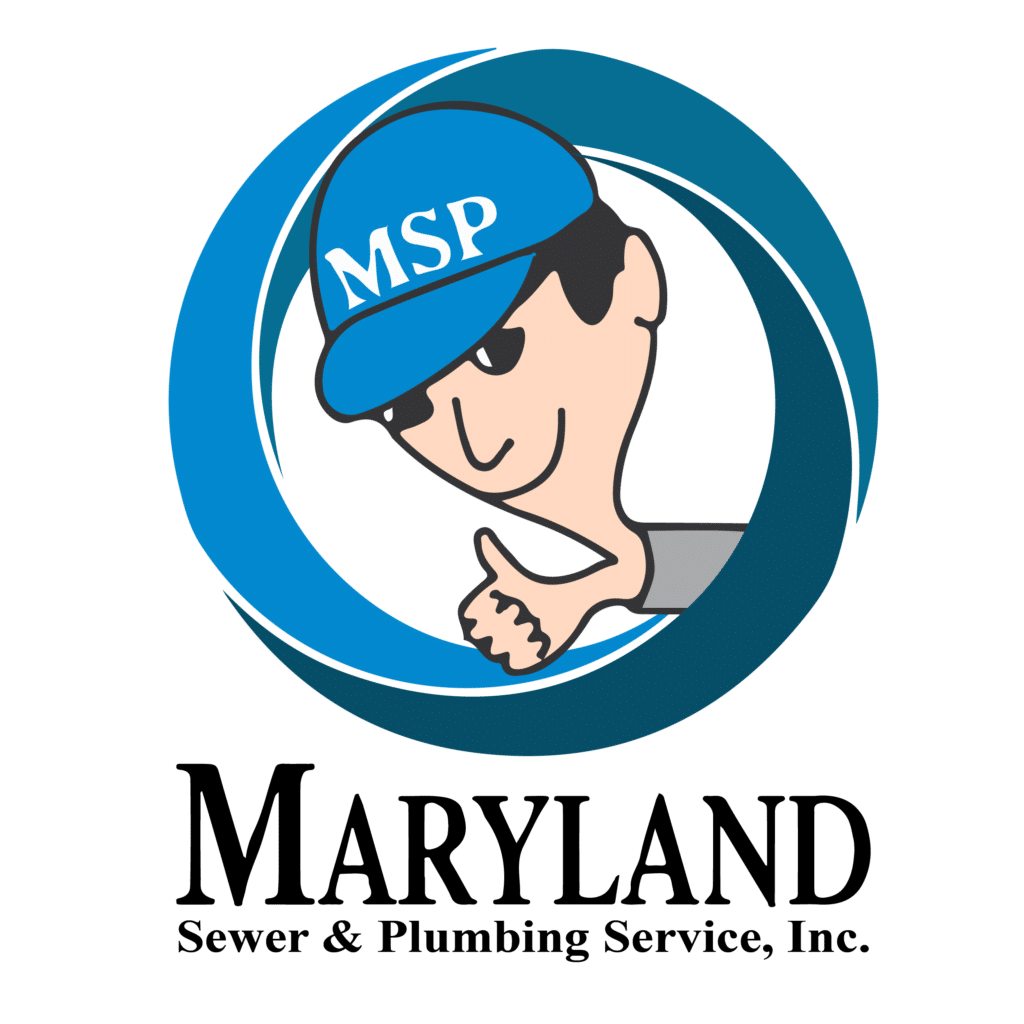
Signs You Need Professional Help From MD Sewer and Plumbing
When it comes to kitchen plumbing services, MD Sewer and Plumbing stands out as the trusted choice for homeowners. With years of experience and a team of skilled professionals, we are committed to providing top-quality service for every project, whether it’s a minor repair or a complete kitchen plumbing installation. Our team prides itself on attention to detail, reliability, and delivering results that exceed customer expectations. We use the latest tools and technologies to ensure that your kitchen plumbing systems are both efficient and long-lasting.
Recurring problems despite your repair attempts often indicate underlying issues that require professional diagnosis and repair. Persistent clogs, frequent fixture failures, or recurring leaks may signal problems with your main supply or waste lines.
Multiple fixture problems occurring simultaneously often indicate system-wide issues rather than individual fixture failures. These situations typically require professional expertise to diagnose and repair effectively while preventing additional damage.
Water pressure problems, discolored water, or unusual odors can indicate serious plumbing system problems that require professional attention. These symptoms may signal supply line problems, water heater issues, or contamination concerns that pose health risks.
Choosing the Right Plumber For Your Kitchen and Bathroom
Research potential plumbing contractors thoroughly before hiring them for your project. Check licenses, insurance coverage, and customer reviews to ensure you’re working with qualified professionals who provide reliable service and stand behind their work.
Get multiple estimates for major projects to ensure fair pricing and compare proposed solutions. Be wary of estimates that seem unusually high or low compared to other qualified contractors, as these may indicate inexperience or hidden costs.
Ask about warranties and service guarantees before committing to any plumbing contractor. Reputable professionals stand behind their work and provide clear warranties on both labor and materials used in your project.
Helpful Links and Resources for Kitchen Plumbing
Here are some valuable resources to help you learn more about kitchen plumbing, troubleshoot common issues, and find expert advice:
American Society of Plumbing Engineers (ASPE)
Explore comprehensive plumbing design resources, guides, and information to help with your kitchen plumbing needs.
Family Handyman – Kitchen Plumbing Tips
Access step-by-step guides and practical tips for DIY kitchen plumbing projects or maintenance.
Home Repair Tutor – Plumbing Advice
Find detailed tutorials and instructional videos to solve common kitchen plumbing challenges.
The Spruce – Kitchen Plumbing Basics
Learn the basics of kitchen plumbing, from understanding pipes to troubleshooting sink issues.
Plumbing-Heating-Cooling Contractors Association (PHCC)
Discover industry insights and tips from trusted professionals specializing in plumbing and HVAC services.
This Old House – Plumbing Projects and Advice
Get expert advice from the team at This Old House on a variety of plumbing projects, including kitchen-specific solutions.
Environmental Protection Agency (EPA) – WaterSense Program
Learn about water-saving products and techniques to make your kitchen plumbing more eco-friendly while reducing water bills.

Photo by Christian Mackie on Unsplash
Maximizing Your Kitchen’s Plumbing Potential
Understanding your kitchen plumbing system empowers you to maintain it effectively, recognize problems early, and make informed decisions about repairs and upgrades. Regular maintenance, quality materials, and professional services when appropriate ensure your kitchen plumbing serves your family reliably for years to come.
The investment you make in understanding and maintaining your kitchen plumbing pays dividends through reduced repair costs, improved efficiency, and enhanced home value. Whether you’re tackling simple maintenance tasks or planning major renovations, the knowledge gained from this guide will help you make better decisions and achieve better results.
Remember that kitchen plumbing is both a functional necessity and an opportunity to enhance your home’s value and your family’s quality of life. By combining proper maintenance, smart upgrades, and professional services when needed, you can create a kitchen that serves your needs efficiently while supporting your lifestyle and budget goals.

